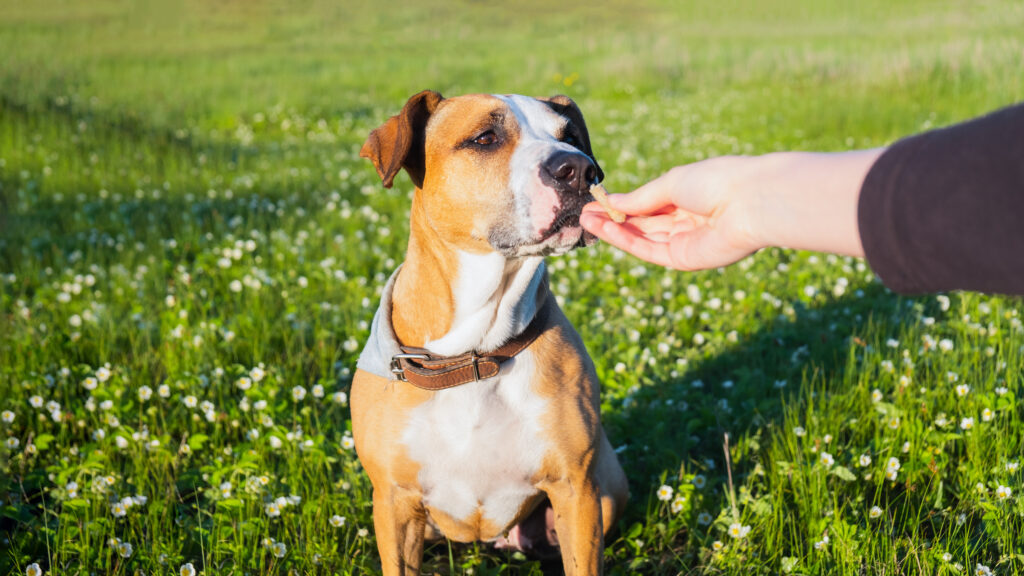
Understanding Dog Aggression Towards Cats at Home
Share
As a health-conscious pet owner, ensuring the harmonious coexistence of your furry friends is essential. Dog aggression towards cats can be a perplexing issue, disrupting the peace of your home and compromising the well-being of all involved. Within this guide, we'll explore the reasons behind this behavior, offer insights into mitigating it, and share strategies that promote a tranquil environment.

Reasons Behind Conflicts Between Dogs and Cats
Understanding the roots of dog aggression towards cats is the first step to addressing it. Dogs may perceive cats as prey due to their natural instincts. Cats, on the other hand, can be territorial, viewing dogs as intruders. Here, we unravel the complexities of these interactions:
Instinctual Drives
Dogs, especially those bred for hunting or herding, might see cats as targets due to their movements. This instinctual behavior can trigger unwanted reactions, which, if left unchecked, may escalate.
Environmental Factors
The environment plays a pivotal role. A lack of stimulation may lead to boredom-induced aggression. Moreover, previous negative interactions with cats can influence a dog's behavior. For more tips on managing pet behavior, explore our article on dog barking at strangers.
Steps to Mitigate Aggression
Recognizing Warning Signs
Early intervention is crucial. Recognizing signs like growling, barking, or fixating on cats helps prevent aggressive outbursts. Training is essential to counteract these behaviors. Expert advice can be found in dog training tips from the AKC.
Structured Introductions
Introducing dogs and cats should be gradual and supervised. Initial interactions can take place with barriers, such as baby gates. This approach allows them to become familiar without physical contact.
Long-term Strategies for Harmony
To sustain a peaceful coexistence, commitment to ongoing training and attention is vital.
Behavioral Training
Consistent training helps channel a dog's energy and modify undesirable behaviors. Consider enrolling your dog in obedience classes designed to address aggression. Our article on training methods, how to train a horse, provides valuable insights into behavioral techniques.
Enrichment Through Activities
Providing your dog with physical exercise and mental stimulation reduces boredom and aggressive tendencies. Interactive toys and regular walks create a balanced routine that alleviates stress. Learn more about stimulating your dog's senses in our blog on dogs biting their paw.
Creating a Safe Environment
Separate Spaces
Ensure each pet has a 'safe zone' where they can retreat. This separation reduces tension and gives both dogs and cats a sense of security, minimizing aggressive encounters.
Monitor Interactions
Even when a truce is established, vigilance is key. Supervise interactions to detect recurring patterns of hostility. This oversight is important for fostering a lifetime of understanding between your pets.

Frequently Asked Questions
Why is my dog aggressive towards my cat?
A dog's aggressive behavior towards cats can be driven by instincts, past experiences, or lack of training. Addressing these root causes through training and behavior modification can help.
How can I train my dog to be less aggressive towards cats?
Training involves recognizing aggression triggers and employing gradual exposure with positive reinforcement. Consistent training sessions and professional guidance are recommended.
Can aggressive behavior between dogs and cats be completely eliminated?
While it may not be entirely eliminated, consistent training, careful supervision, and a nurturing environment significantly reduce aggressive tendencies, enhancing the well-being of both pets.
This article contains affiliate links. We may earn a commission at no extra cost to you.
